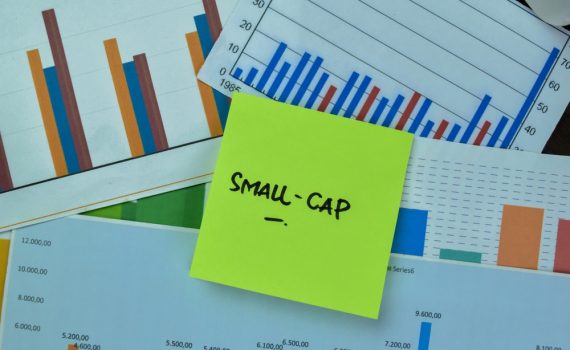Despite shifting political views on the climate transition and a deregulatory push in Europe and the US, our latest annual survey finds continuing and consistent adoption of sustainable investment by asset owners around the world.
FTSE Russell
The fifth edition of LSEG’s Net Zero Atlas provides investors with a wealth of data and insights on transition and physical risks to which G20 countries are exposed.
Many small-cap industries and sectors outpaced their large-cap counterparts over this 6-month period, a sign of the broadening equity rally and the role of other secular investment themes in play.
As the world faces the concurrent challenges of the energy transition, energy security and slowing economic and productivity growth, Japan’s government has launched an ambitious $1trn transition plan called the GX (green transformation) strategy. The GX strategy aims to cut emissions, improve efficiency and boost green innovation throughout the Japanese economy.
Institutional investors increasingly recognize the challenge that physical climate risk is beginning to pose to markets and economies. The COP30 Net Zero Atlas maps physical climate risk across sub-national regions, pinpointing exposure through granular mapping.
FTSE Russell’s data tools offer clarity and consistency across the index lifecycle. From initial universe screening to detailed eligibility assessments and ongoing performance analysis, these products help users manage index-related workflows and better understand the data that shapes global equity benchmarks.
This insight outlines several industry and sectoral implications from market developments during the first half of 2025 that argue for greater diversification for multi-asset investors and is supported by lower asset correlations recently.
Singapore’s Straits Times Index (STI), covering 85% of the local equity market by capitalisation, is more than just a stock barometer. With a legacy dating back to 1966, the STI has grown alongside Singapore’s economy, and become a regional diversification tool.
This insight looks at recent Health Care industry underperformance in the context of its performance in the post-Covid period. It explores the idea that US policy uncertainty may be an additional short-term drag on the industry not just in the US but globally as well.
Oil prices have long been one critical driver for macro and equity performance. Amid a volatile oil prices backdrop, we think it is crucial for investors to understand the correlation between oil prices and APAC equity markets.
After a secular rise in equity prices in 2023 and 2024, extended valuations and high concentration laid the groundwork for factors to stabilize market excesses. In the context of risk efficiency, the factor-driven narrative becomes even more compelling.
The framework aligns risk attribution with the way investors construct and manage portfolios — ensuring that risk insights reflect the investment process and are not dictated by the risk model construction.











